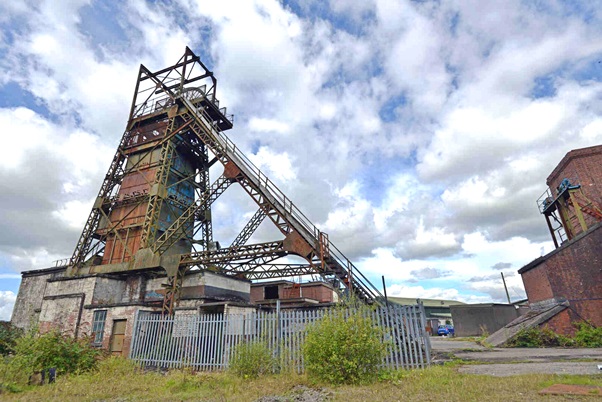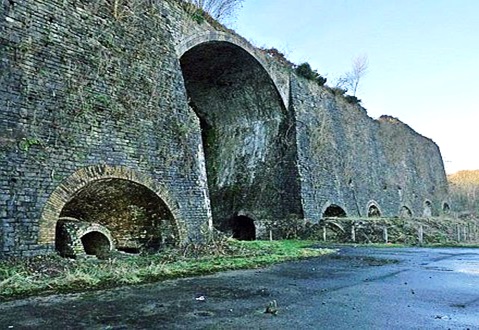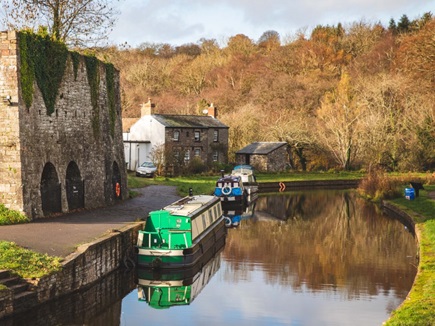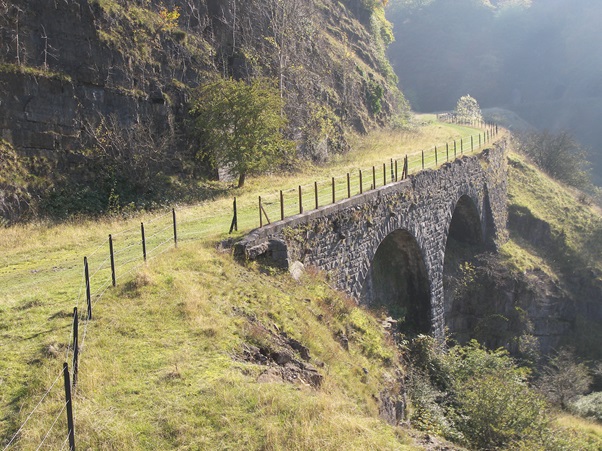Farming in Wales
Agriculture has been a major part of the economy of Wales, which is largely a rural country.
With the arrival of the coal, iron and slate industries, agriculture became less important as people moved to the towns and cities.
However, the employment generated by farming is significant in rural Wales.
Welsh farmers are protectors of Welsh culture, heritage and language.
Farms in Wales tend to be small and operated as family businesses.
The foremost role of the farmer is as a food producer, supporting the nationally important food industry.
Only a small proportion of the flatter land area is suitable for growing crops.
Amongst the crops grown in Wales are wheat and barley, with new potatoes from the Gower peninsula and Pembrokeshire available early in the season.
Wales has a mild, wet climate producing large areas of grassland suitable for grazing for dairying and livestock.
Dairying takes place on better pasture in lowland areas.
Herds are milked by machine in modern parlours.
The milk is stored in a refrigerated bulk tank and collected by milk tanker daily.
Organic farming is becoming increasingly important, with the production of Welsh organic milk, organic cheeses and yoghurts.
Cattle and sheep are kept on the uplands and more marginal land.
Most cattle are now housed in winter with their main feed being silage.
Welsh Black cattle are the traditional breed of Wales.
These hardy cattle are able to thrive on poor quality pasture and moorland and can provide milk and beef.
Much of the higher land is used for sheep grazing, and the hardy Welsh Mountain sheep are allowed to roam free.
The sheep know where to graze at different times of year and where to shelter.
However, farm incomes from food production have fallen over the years.
Tourism has now become an important source of farm income in the countryside and along the coast.
There has been a decline in the number of people employed on the land, and old farmhouses have been converted into self-catering accommodation.
Other sources of income include small hydro electric schemes, and wind farm developments.
The Welsh government has introduced subsidy schemes to encourage the farmers to manage their land in an environmentally sustainable way.
Schemes have encouraged the creation of ponds and wetlands, the planting of woodland and the preservation of hedgerows, and improving water management to avoid flooding.
Translate the sentence:
Agriculture has been a major part of the economy of Wales, which is largely a rural country.
Suggested translation: (a number of alternatives acceptable)


















